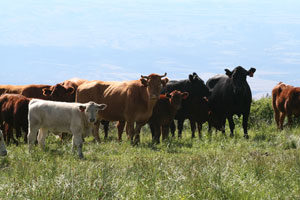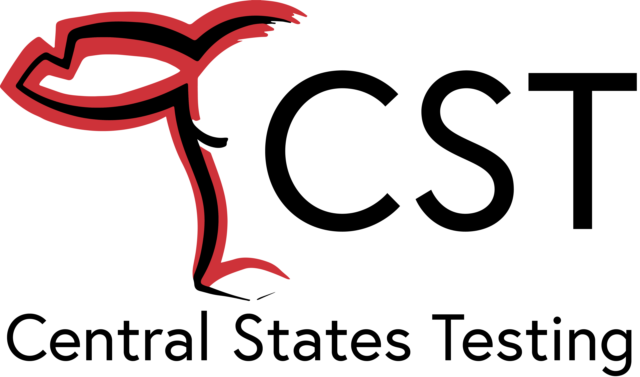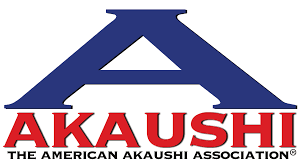“You can purchase your cattle at a salebarn, you can purchase them on a video but you have to know what you’re getting,” he said, noting that he considers most salebarn cattle “high risk.”
Previous history and management give a producer clues as to how to handle them upon arrival – a step that requires advanced planning.
“Be ready to go,” he suggested, citing equipment, labor and planned operating procedures.
“Are you going to process them right off the truck or are you going to let them rest?” Horn asked. Local calves are less likely to benefit from a break than long-distance arrivals, where the plan might be, “I am going to give them some good clean hay and water and they are going to lie down and rest before we process them the next day.”
He said using preventative antibiotics on high-risk cattle – commingled groups, those with no history or known problems – helps maintain health.
That’s in tandem with a good vaccination program on all cattle. At Horn’s practice, it’s common to give shots for blackleg, BVD (bovine viral diarrhea) and IBR (infectious bovine rhinotracheitis).
“I am a big proponent of modified-live vaccines. I just think you’ll get a whole lot better response with them,” he said.
They also “double deworm” cattle at receiving, using an injectable and an oral dose at the same time.
Horn brought up other best management practices, like dehorning, castrating any bull calves and testing for persistently infected (PI) BVD cattle.
“So, it’s time to turn them out – the herd health does not stop there,” he said. “You know there is a difference between vaccination and immunization. Vaccination is getting a shot and immunization is if it worked.”
Free-choice trace minerals, including iron and copper, can help that response.
“You have got to have them on a good plane of nutrition,” Horn said.
OSU professor Gerald Horn, ironically no relation to the Dr. Horn who preceded his own talk, covered all things on that front.
“Sustained corn prices will result in a paradigm shift, accentuating the importance of growing those cattle to heavier weights on grass before bringing them forward,” said the animal scientist.
He shared research that included both fall and spring calves that were either weaned directly into a feedyard or grown on grass or wheat pasture first.
As expected, the yearlings had worse feed-to-gain ratios (6.83 vs. 5.44 lbs), but heavier hot carcass weights. The average daily gains (ADG) were similar, calves at 3.63 lbs and 3.81 lbs for yearlings.
“We all know that the growth potential of our cattle has increased over quite a few years and I think that’s the primary explanation for that,” he said.
Turning cattle into yearlings did not hurt quality grade.
“That is different than some of the data recorded up in the northern Great Plains,” he noted.
Mostly that’s due to high-quality forage – full of protein and energy – or supplementation.
“For long feeding programs in Oklahoma, supplementation programs have been an absolute game changer,” he said.
Talking about the development of fat deposits during grazing, Horn said there is a strong, positive relationship between marbling and ADG, indicating that adding pounds and quality are mutually beneficial.
Veterinarian Mike Nichols of Pfizer Animal Health, reminded stockers that their charge is to make money by eliminating the gamble in the high-risk cattle.
“No segment of the beef industry is more focused on health,” he said. “If nutrition is not right, the animal health aspect will not be right.”
And in today’s climate, full of high input prices, sometimes it’s good to reflect. “With investment in the calf, the results of our decisions have more impact than they ever have before,” he said. ![]()
—From Certified Angus Beef news release
PHOTO
The recent “Backgrounding for Quality” seminar co-sponsored by Oklahoma State University (OSU), Pfizer Animal Health and Certified Angus Beef LLC reminded that good management starts when you first buy calves. Staff photo.







